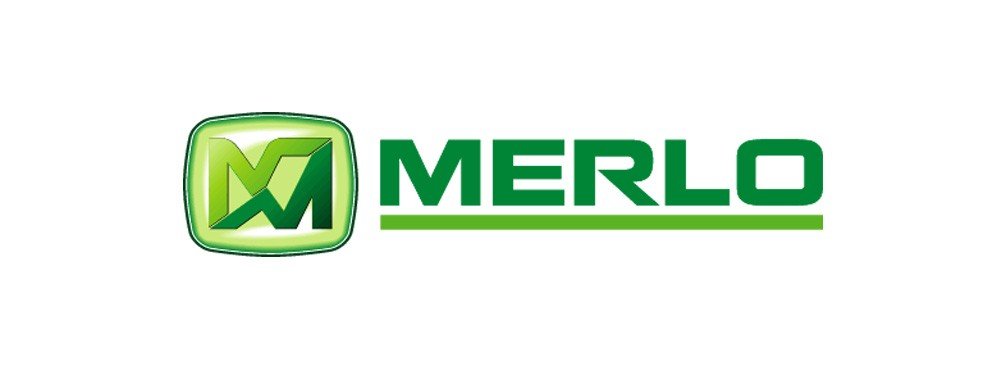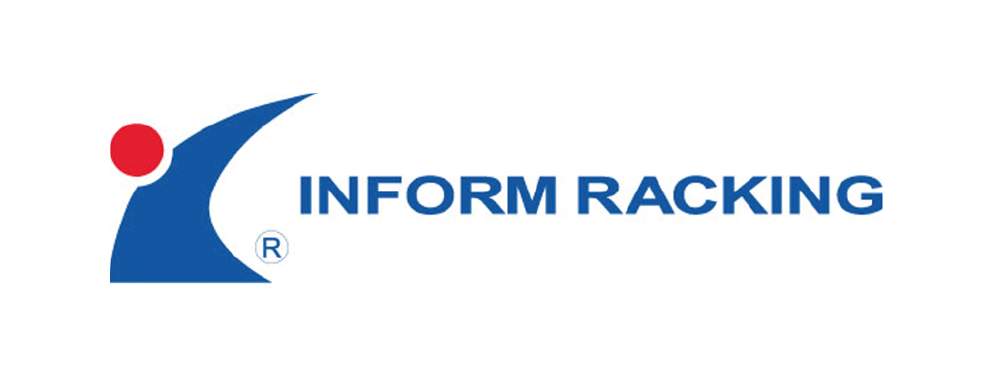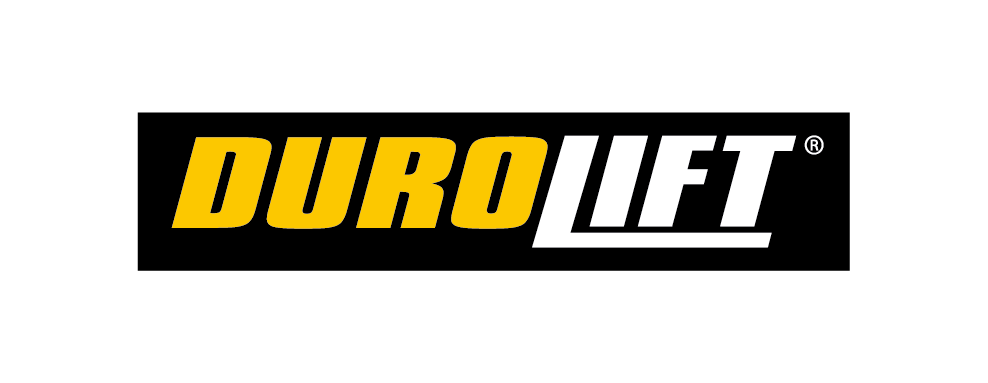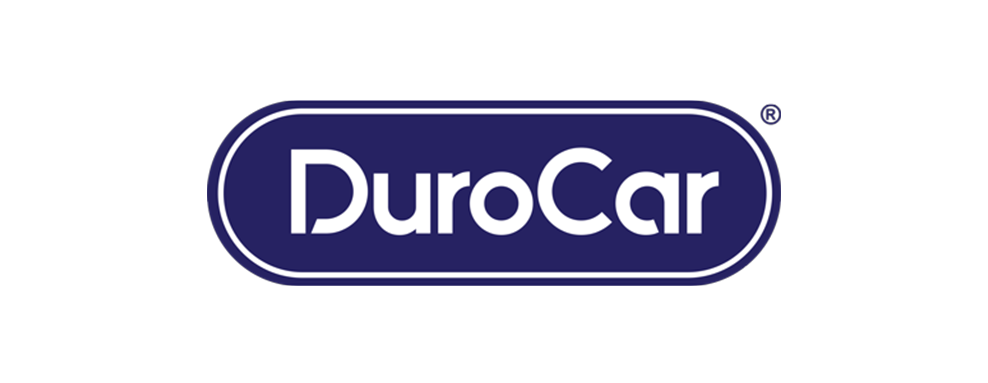Warehouses can rightly be regarded as high-risk workplaces. Almost anywhere there is the potential for an accident that may have serious repercussions for a company, its assets, and its employees.
Fast-moving equipment, awkward loads, and the ever-present need for higher productivity levels all contribute to the possibility of an incident. Therefore, it is vital that management and employees in any warehousing operation maintain a high degree of risk-awareness.
Workplace accidents are, for the most part, preventable. Good planning and training, and rigorously-enforced safety programmes have a major impact on reducing accidents. Wherever forklifts are routinely used a comprehensive, well-structured strategy brings substantial dividends: high levels of safety, minimised inventory and equipment damage, and greater long-term profitability. Supervisory staff should continuously assess every operator’s performance and competence.
Research shows that three fundamental elements contribute to the bulk of reported forklift-related incidents.
Tip-overs
The most common forklift-related incident and a leading cause of injury is a forklift tipping over during operation. Injury occurs when the operator instinctively tries to leap off the equipment; when a forklift weighing several tonnes falls on a person the outcome will be serious or even tragic.
Tip-overs can be minimised by drivers following some basic rules:
· Never exceed the recommended load capacity.
· Make sure a load is stable before attempting to lift it.
· While moving a load, keep the forks low and tilted back slightly to maintain load stability and a lower centre of gravity.
· Over-large or irregular-shaped loads should be moved with the utmost care, at very low speed.
· Reduce speed before making a turn, rotate the steering wheel smoothly and slowly, and maintain very low speed until the turn is complete. This adds nanoseconds to a job but could save a life.
Lack of pedestrian awareness
In a warehouse, pedestrians always have the right of way. A warehouse may be correctly marked out and warning-signed, but a pedestrian may not be paying attention and so be unaware of a forklift. Forklift drivers must understand that it is they who have the responsibility for avoiding pedestrians.
· Stop when near a pedestrian, until certain that he or she is aware of the forklift’s presence.
· When moving in any direction, always look towards the direction of travel.
· Use the horn at junctions and blind spots to alert any pedestrians who may not be within view.
· If moving a load that obscures the direction of travel, either travel backwards or use a guide.
· Never allow a pedestrian to walk under raised forks – even if there is no load.
· Never lift a load that is unstable on the forks and ask someone to hold the load while moving it.
Careless and irresponsible driving
A warehouse is not a playground or a race track and forklift drivers should never flout the rules for safety. Forklifts can be unstable and often weigh several tonnes, so they should always be handled with respect.
Drivers must understand that they have a responsibility to operate a forklift carefully and responsibly, and should never create a situation that puts themselves, another employee or a member of the public at risk. Careless or irresponsible forklift handling must be reported to a supervisor who should escalate the incident to a disciplinary matter.











